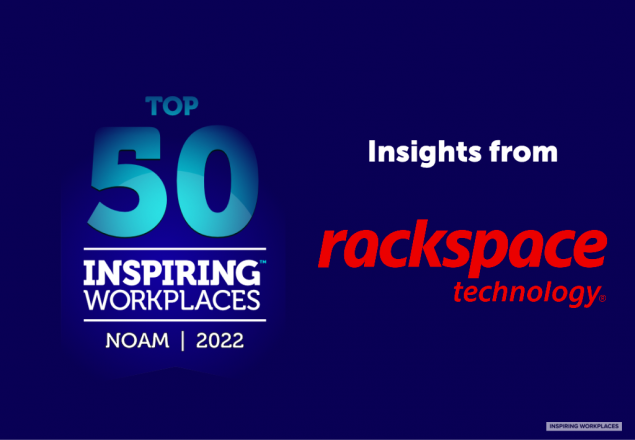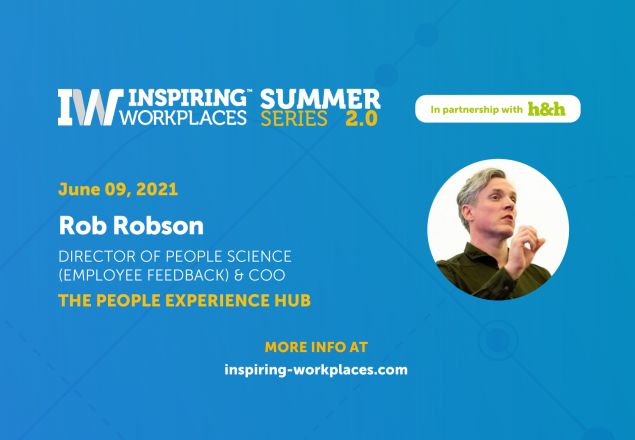
23rd September 2024
Guest Post: From Surveys To Solutions: How Holistic Engagement Transforms The Employee Experience

Written by Dr Clif P Lewis, I/O Psychology & People Science Research to Mindset.
Traditional, centralized, top-down employee engagement work is incongruent with the uncertainty and dynamic nature of the future of work. As such, conventional engagement surveys hold the inherent risk of not fully capturing the personal nature of engagement, limiting OD practitioners’ ability to implement sustainable organizational improvements. This article explores ‘holistic engagement’ as a dynamic, decentralized approach that moves beyond conventional surveys, integrating real-time insights and personalized actions, to build a truly engaging work environment for the future of work.
The limitations of traditional engagement surveys
Work engagement is a deeply personal lived experience. The prevailing practice to date, however, has been to use organizational-level constructs, operationalizing them into measurable “data clusters”, and then to develop a standardized engagement survey that is deployed periodically and unilaterally. As a result, data from traditional engagement surveys is often outdated by the time it is analyzed, providing only a snapshot view of the employee experience, that lacks the context needed to drive meaningful change. These types of generic datasets risk reactive, rather than proactive, engagement efforts, that can overlook critical individual-level insights that could better inform targeted interventions. Such oversight can make employees feel frustrated and disconnected, as their unique lived experiences are not sufficiently addressed or acknowledged.
Now, as a psychologist, I am of course very much in support of instrument standardization as this enables the statistical analyses necessary to determine if the data we collect is credible. However, I also believe that it is important that we remain ever-critical of the instruments we use to collect data on social phenomena, like work engagement, and how we use that data to make decisions that impact the lives of others. The decentralized approach of holistic engagement, by contrast, prioritizes the personal lived experiences of employees, ensuring engagement strategies are tailored to the specific needs and contexts of individuals and teams.

The holistic engagement approach
Holistic engagement, as conceptualized by Mindset, integrates organizational, managerial, and individual levels, creating a comprehensive framework that transcends the highly standardized and unilateral view of engagement. The below outlines the key steps in this approach, illustrating how each level contributes to a sustainable engagement strategy.
Step 1: Create an engaging environment
Description: Identify the hygiene factors that inhibit and drive engagement. Take active steps to remedy the inhibiting factors and promote the driving factors in order to cultivate a positive culture.
Example: Mindset’s Flow@Work survey identifies key engagement drivers and inhibitors, providing actionable insights that allow organizations to make targeted improvements.
Step 2: Empower managers and leaders
Description: Enable managers with the necessary knowledge, skills and resources to effectively drive engagement. This typically includes leadership skills development and access to actionable data and insights.
Example: With Mindset’s team-level insights, 360 feedback and personalized leadership coaching, managers gain the skills and insights needed to effectively drive team engagement, moving beyond one-size-fits-all training methods.
Step 3: Drive individual engagement
Description: Provide employees with the tools to transcend merely reacting to top-down initiatives, and the autonomy to take ownership of their own lived experience of organizational life.
Example: Mindset’s personalized engagement reports empower employees by highlighting specific actions they can take to enhance their engagement, turning passive survey respondents into active participants in their own engagement journey.
The decentralization of engagement interventions distributes the responsibility for engagement across the organization, empowering every employee, manager, and leader to contribute actively rather than relying on HR as the sole driver. Real-time analytics and personalized feedback allow for ongoing adjustments and immediate actions that are responsive to the current needs of employees. In this data-driven, decentralized manner, holistic engagement addresses the rigid nature of traditional engagement surveys by ensuring that engagement initiatives are as dynamic and diverse as the employees they aim to serve. In doing so, it provides a more nuanced and responsive platform for creating a workforce that feels seen, heard, and valued, leading to sustained motivation and productivity.
Conclusion
Mindset’s holistic engagement approach redefines the way we understand and drive employee engagement, moving from impersonal surveys to a dynamic model that acknowledges and leverages the individual experiences of each employee. HR and OD practitioners are encouraged to explore holistic engagement strategies that decentralize their efforts, making engagement a shared responsibility that resonates on a personal level across the organization.





